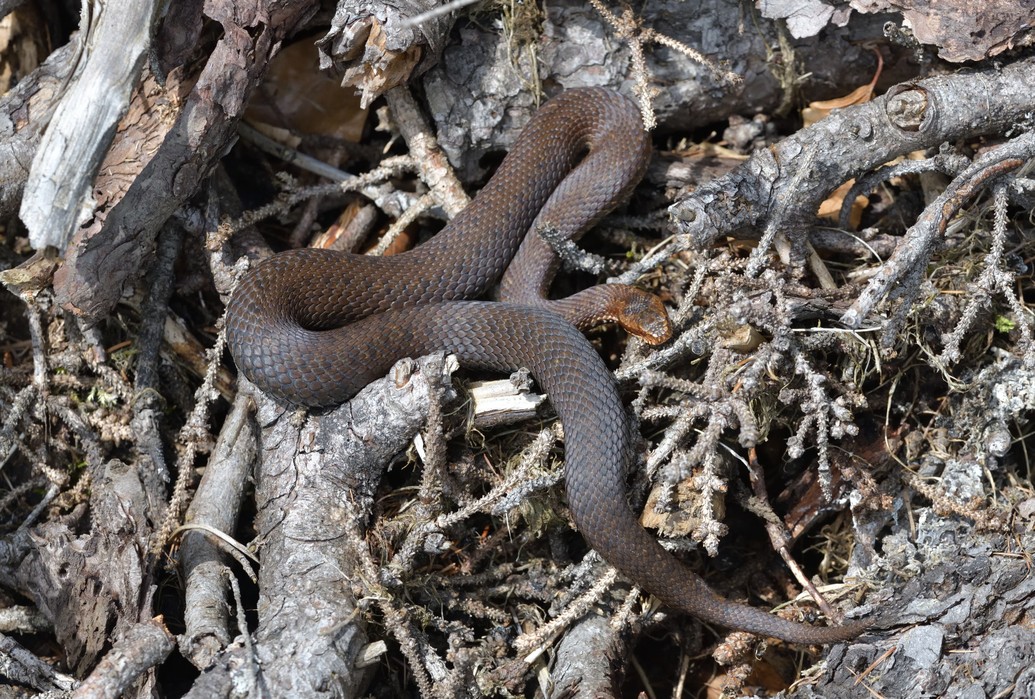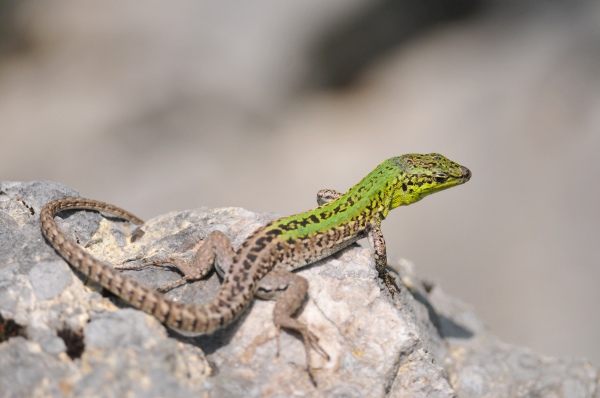Singapore 2023
- Details
Back in 2023 we were invited to a wedding in Singapore! Here just a view pics from that trip. We were mainly sightseeing and celebrating, but also had a short exkursion to the Kranji Coastal Nature Park. As far as I had no camera equipment with me, all pics were shot with the mobile phone, therefore low picture quality.
 The public transport in Sigapore is really well developed, with many bus and underground lines. The public transport in Sigapore is really well developed, with many bus and underground lines. |
 Salt water crocodile/Leistenkrokodil in its natural habitat: Mangrove swamps Salt water crocodile/Leistenkrokodil in its natural habitat: Mangrove swamps |
|
And here a video of a mating attempt of Varanus nebulosus / Clouded monitor / Nebelwaran, the second very common monitor lizard species. |
All in all it was a really nice trip (even though we were only one day in nature), the wedding was really amazing, and I saw crocodiles! And tons of monitors!
The random song reference in the end: Phildel
Viper searching in Lower Austria
- Details
In 2024 the common adder (Kreuzotter / Vipera berus) was announced as the "reptile of the year". Because of that, Christoph organised an excursion for the Austrian Herpetological Society to visit a place in Lower Austria that is well known for it's population of the common adder.
Even though we were only 5 persons looking for herps, we were really successful: we saw at least 5 vipers. But also for other reasons it was a very interesting trip. We found at least 7 species of orchids, many viviparous lizards (Bergeidechse / Zootoca vivipara) and some other reptiles and amphibians (like slow worm and fire salamander).
Even though we were only 5 persons looking for herps, we were really successful: we saw at least 5 vipers. But also for other reasons it was a very interesting trip. We found at least 7 species of orchids, many viviparous lizards (Bergeidechse / Zootoca vivipara) and some other reptiles and amphibians (like slow worm and fire salamander).
 We found several orchid species, amongst them the lady's-slipper orchid (Cypripedium calceolus / Gelber Frauenschuh). We found several orchid species, amongst them the lady's-slipper orchid (Cypripedium calceolus / Gelber Frauenschuh). |
 |
 |
| We could observe at least 10 viviparous lizards (Bergeidechse / Zootoca vivipara) |
|
highlights
- Details
This page links to excursions that were more memorable to me than others . There are mainly three reasons for that -- because of the destination, the experience and/or because I especially like that pictures :-)
Page 2 of 22

















